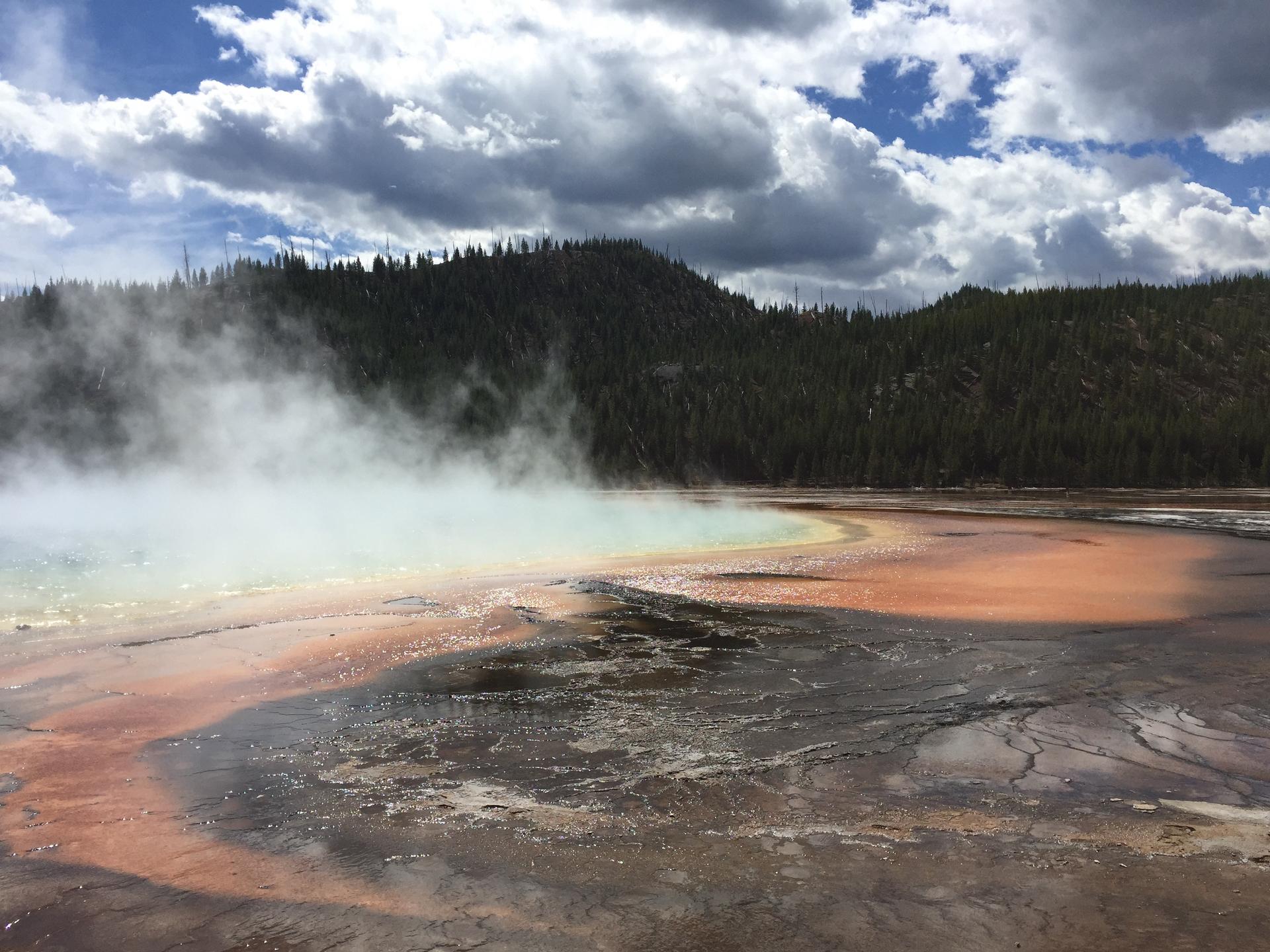The national parks belong to everyone — so why doesn’t everyone care?
Grand Prismatic at Yellowstone.
In many ways, I am in the prime demographic to be visiting US national parks.
I’m white, grew up middle class and have a middle class family of my own. My grandfather was a Boy Scout leader. When I was a kid, my parents loved to pile my siblings and me into the car for weekend road trips — presumably so they could get some peace and quiet when we all fell asleep to the rhythms of the road.
And yet, until this year, I’d never been to a single one of America’s national parks. That may have something to do with my age: According to the National Park Service, most visitors to these natural treasures are older, white Americans.
As the National Park Service celebrates its 100th anniversary, it knows it has a problem. In interviews, NPS director Jonathan Jarvis (see his mustache’s Twitter account: @Jonsmoustache) declared a failure to connect with the next generation as one of the biggest threats facing the parks.
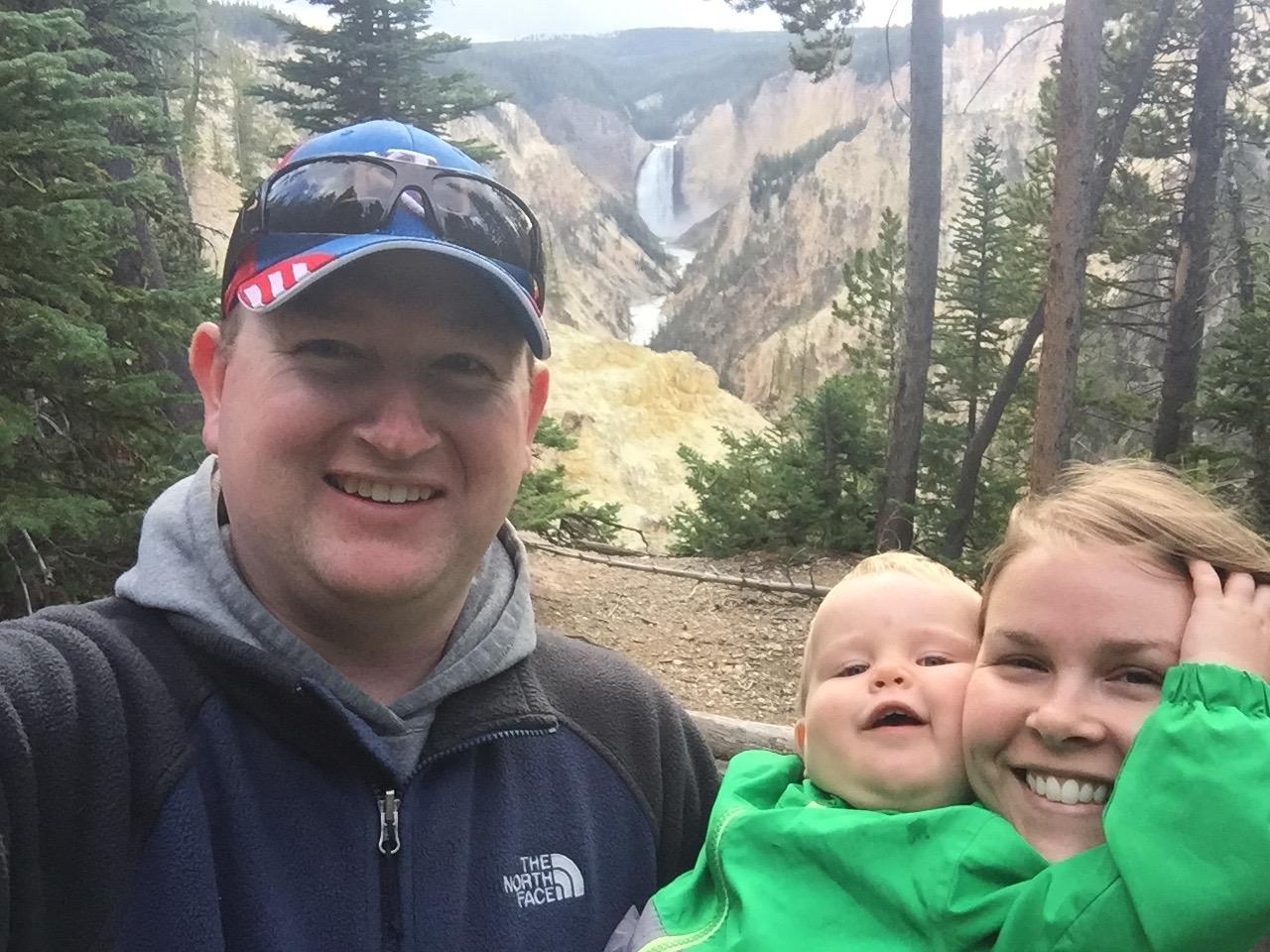
Up until this centennial year, I was one of the Americans who appreciated the idea of national parks, but never enough to pay them a visit.
A brief bit of history: Some 144 years ago, the US Congress, with what today seems like an unattainable level of foresight, created Yellowstone National Park — the first national park in the world.
And 100 years ago last month, Congress sought to better protect Yellowstone and created the National Park Service to manage it. Eventually, 58 other national parks plus more than 350 national monuments, battlefields, historic sites, seashores, rivers and more followed.
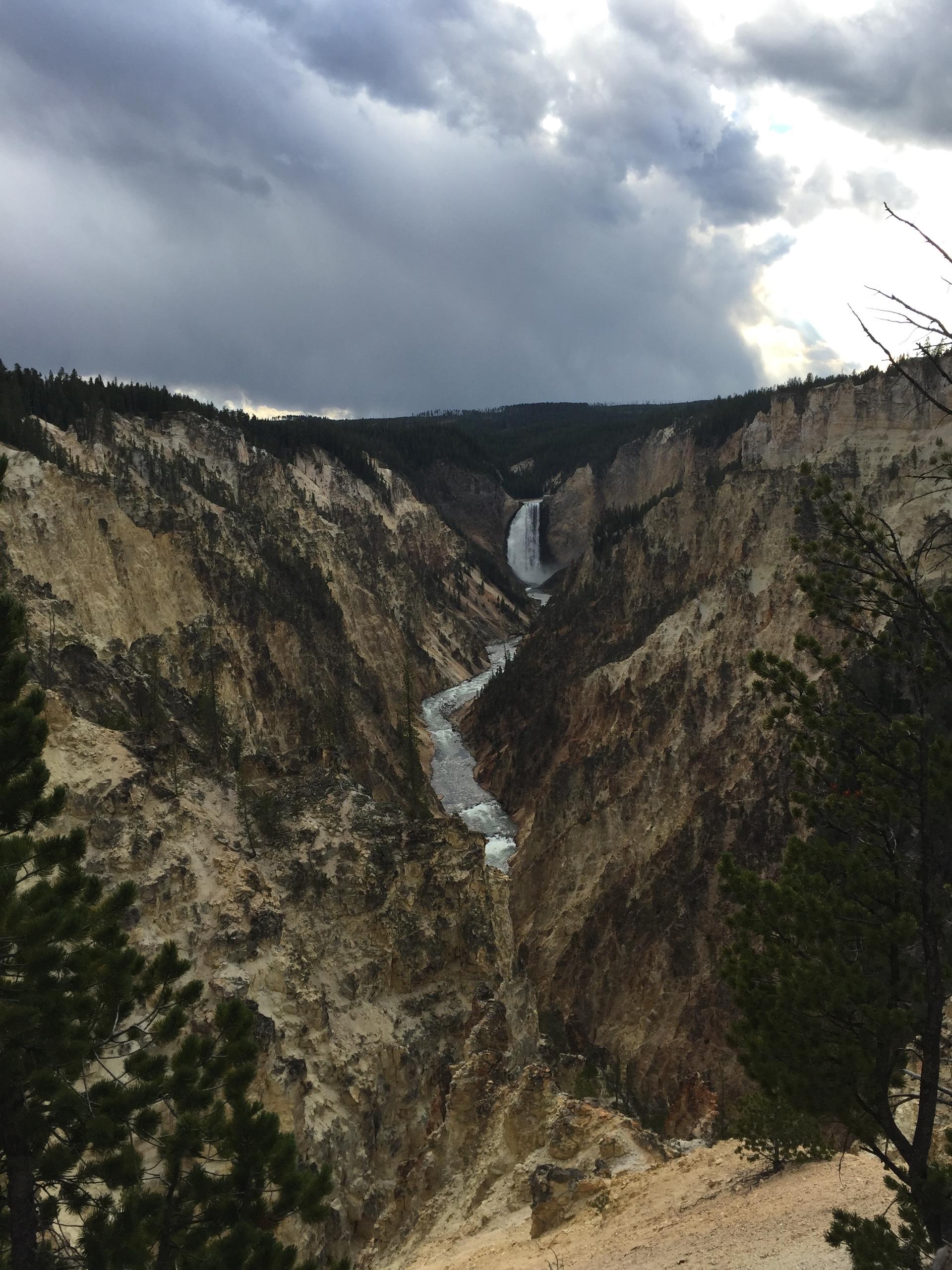
My family spent last week in Montana, including three days in historic Yellowstone. We saw elk, bison, swans, deer, coyotes, antelope, a bear and (perhaps?) even wolves. We hiked, smelled the sulfur produced by the world’s largest collection of geysers and other geothermal features, and marveled at the majesty of waterfalls.
I’ve seen all those animals in zoos, but there’s nothing quite like seeing the natural beauty of planet Earth and its creatures in a mostly wild setting. Whether it was a group of bison trotting through our lodge parking lot as we checked in or a bear munching on white pine seeds mere feet from us, we were constantly reminded of how much bigger the world is than each of us.
Along for the ride was my 19-month-old son, William. This was his second national park trip, too. He came with us when we visited Hawaii Volcanoes National Park earlier this year. And while he’ll likely not remember the particulars of these trips, my wife and I have been struck by how much he learns on national park visits.
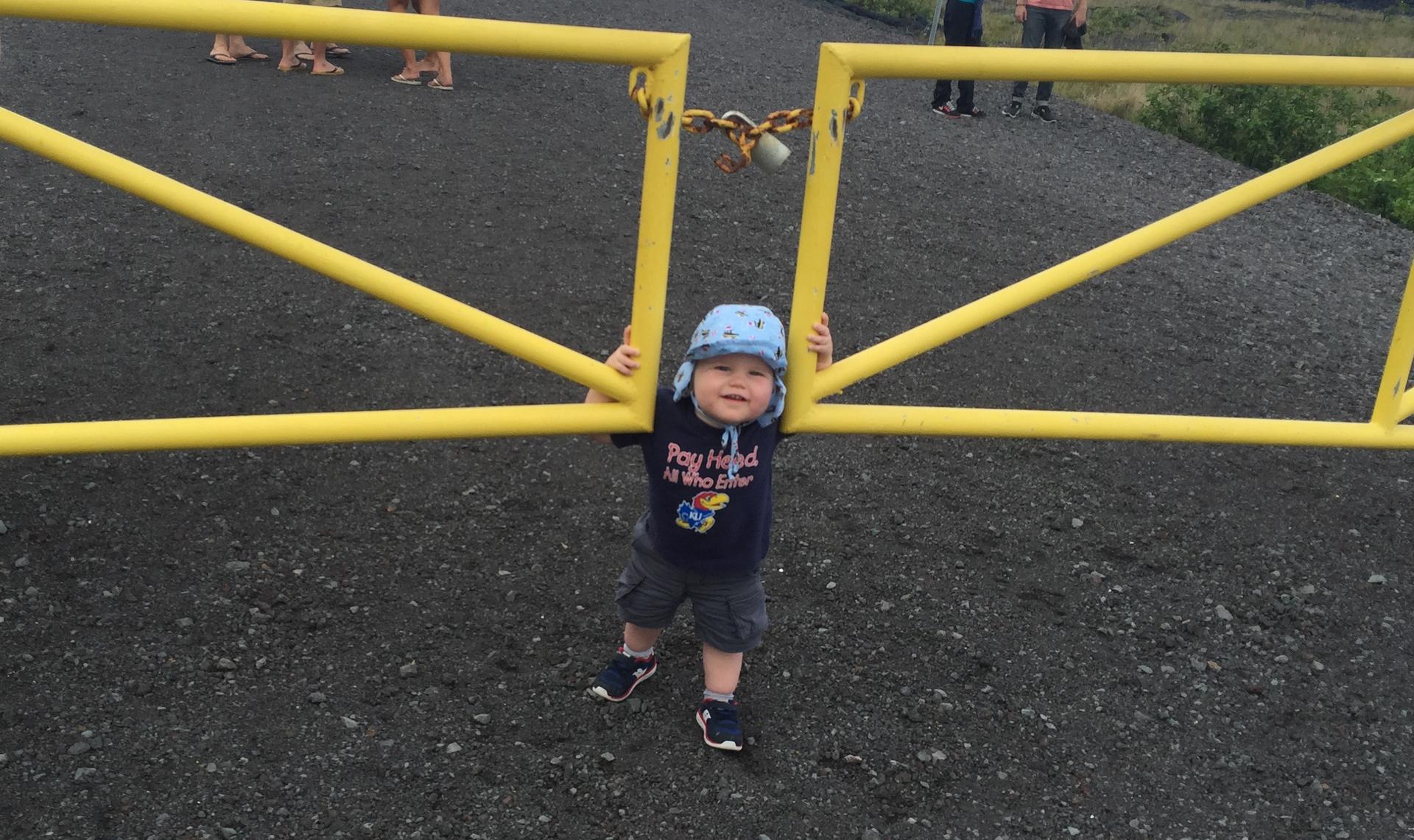
At Yellowstone, he learned to identify bison and elk, to make the roar of a bear and to howl like a wolf. The truck-obsessed kid also got lessons in telling an RV from an SUV. In Hawaii, he learned the words lava and nene, the state bird of Hawaii — knowledge he’ll take with him for the rest of his life.
So William is ahead of me. He’s been to national parks from a young age, and will likely appreciate them in a different way than I ever will.
But there are many other kids like him, part of the next, far more diverse generation, who haven’t felt a connection to the national parks. And that’s one of the things the NPS has set out to do: Build a system that is truly accessible and meaningful to all generations of Americans.
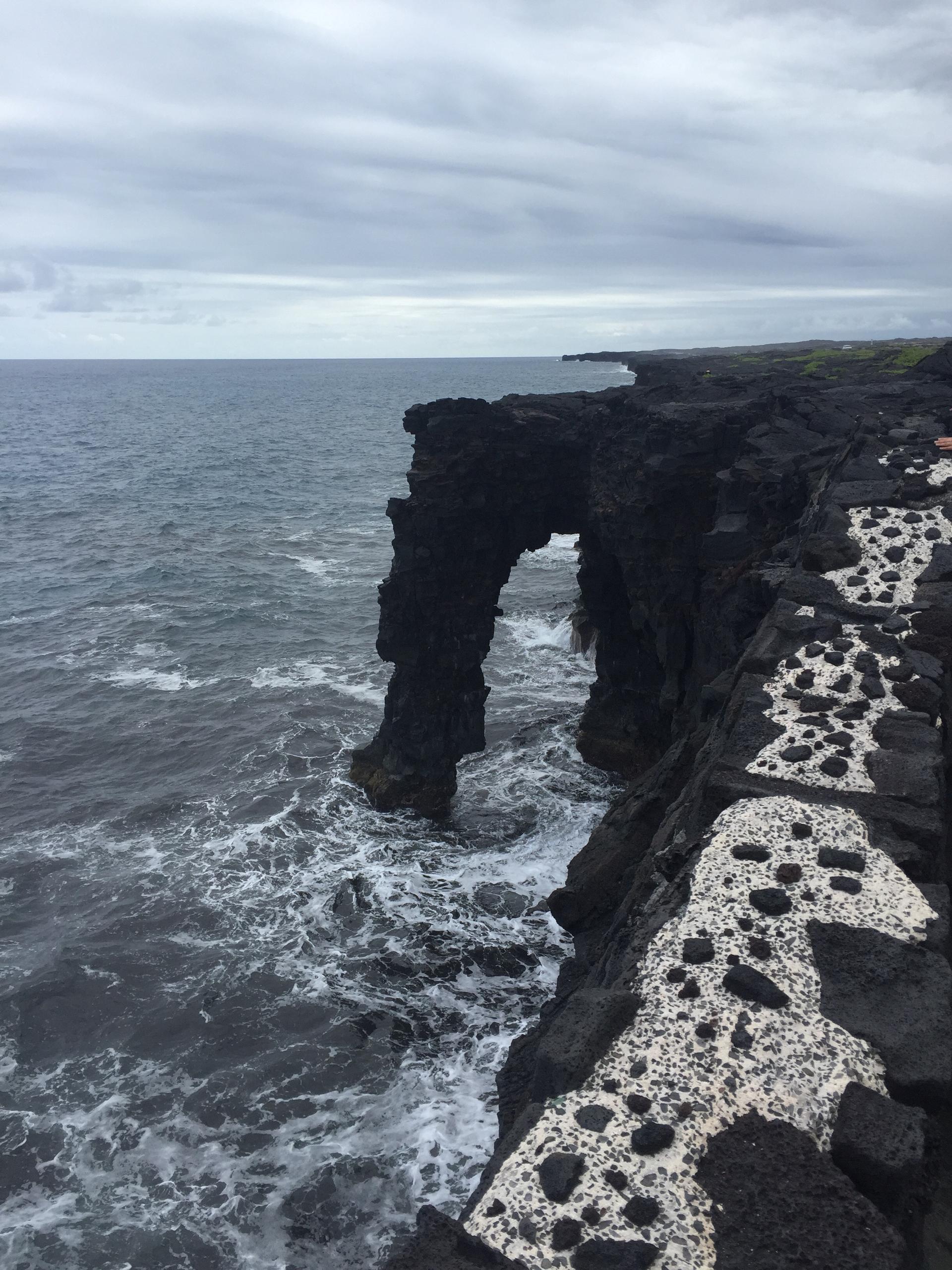
A social media campaign — Find Your Park — encourages Americans to visit and share the place that’s nearest to them, or that they feel best represents them.
The Stonewall Inn, a national monument in New York, protects an iconic landmark in the fight for LGBT rights. At the former Honouliuli internment camp, a national monument preserves one of the places where Japanese Americans were imprisoned during World War II. The African Burial Ground National Monument in New York City is part of what was the largest colonial-era cemetery for people of African descent, most of whom had been enslaved.
The monuments and seashores I've encountered in the national park system all informed, entertained and delighted me. As the National Park Service enters its second century, its future depends on building a system that connects with all Americans in that same way.
